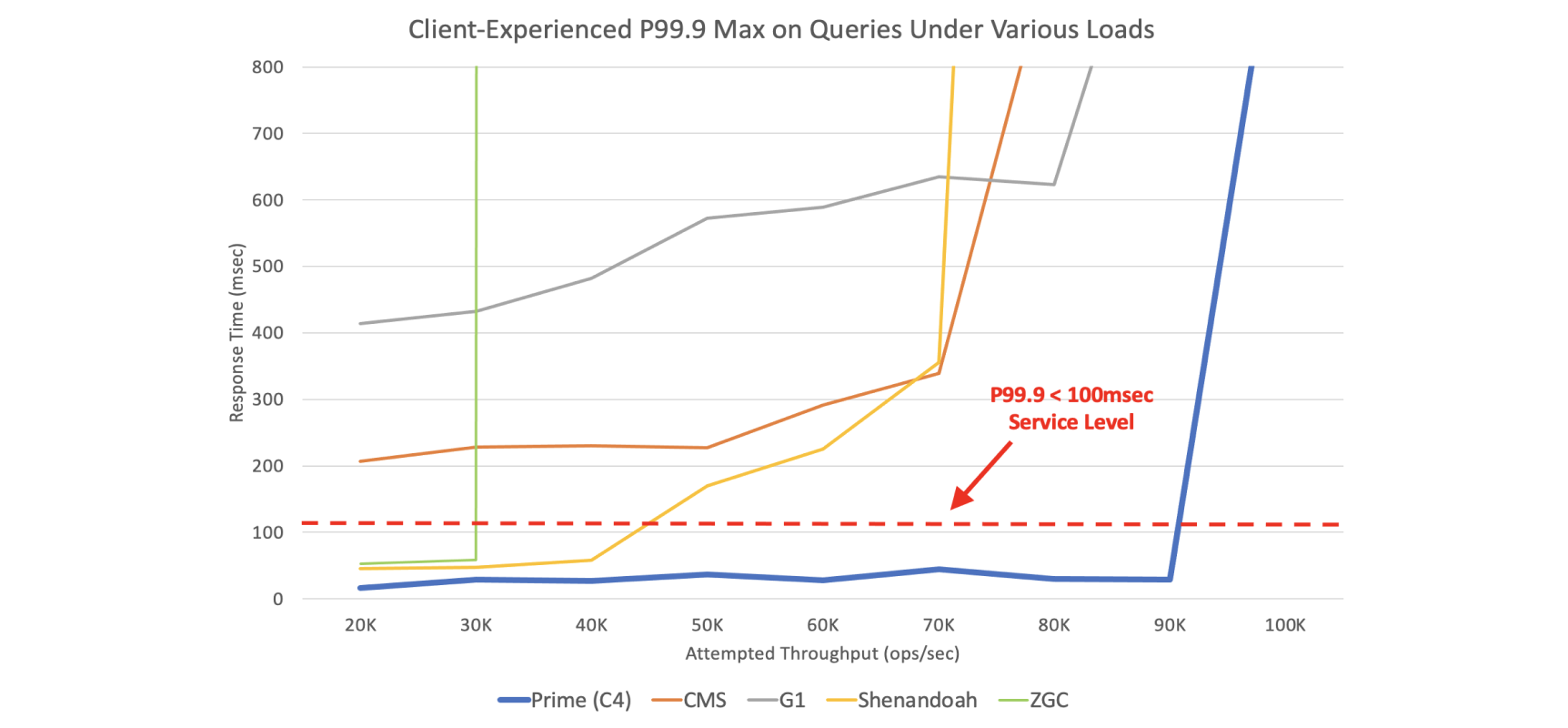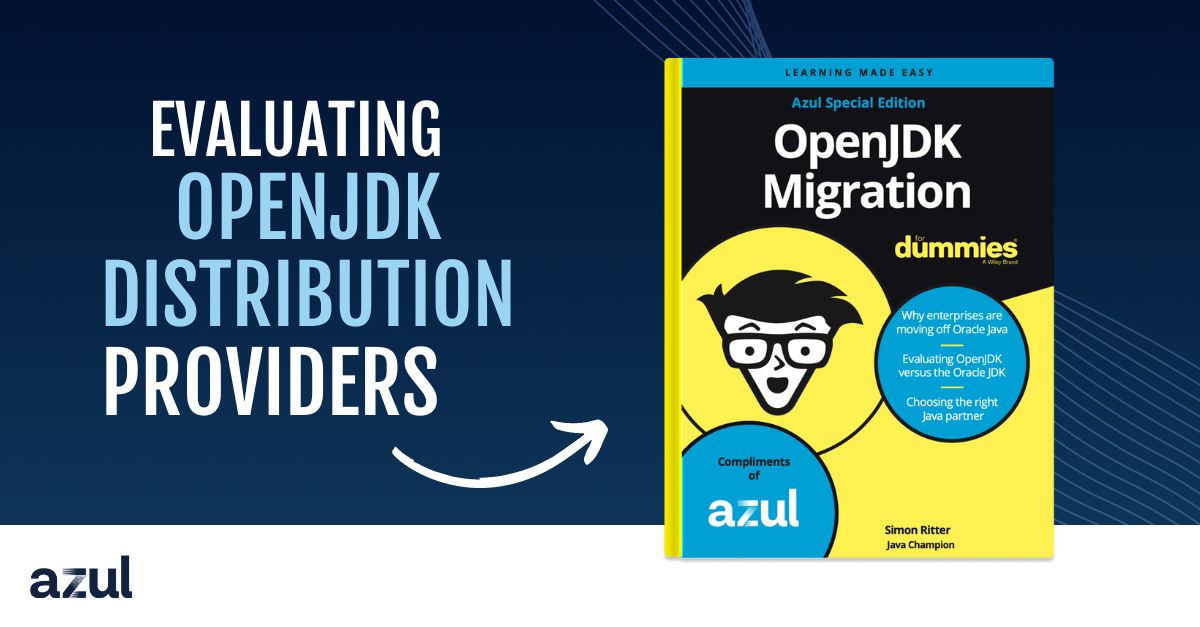What is Apache Cassandra?
Apache Cassandra is a piece of open-source database management software responsible for managing the data organization of applications, working to pull information received by applications into servers and representing it in a NoSQL database structure. Cassandra offers continuous availability with no single point of failure, and it provides exceptional performance via horizontal scalability. It is a popular alternative to relational database management systems (RDBMS) such as those provided by Oracle. Apache Cassandra can integrate high volumes of data at efficient speeds, even during production, and can also adapt to demand fluctuations and error incidences.
How does Apache Cassandra work?
Apache Cassandra establishes a database for applications to send and store data. When an application collects data, Cassandra pulls the information into one of its servers, which is also known as a node. For Java applications, these servers are located in the Java Virtual Machine (JVM). The software stores data on the server in the NoSQL structure, which compiles data into table formats. Cassandra stores data but can also send information back to an application for use at any time. Each server is connected to two other servers in the Apache Cassandra software, creating an entire network of servers. The network is interconnected, meaning information can be shared, but each server is self-contained, so they can still function independently.
As part of data storage, Apache Cassandra notably employs a replication process that copies data to different nodes in the same architecture. When data is collected by the software, it automatically stores the information on several servers. Developers can establish the number of replications they prefer.
What are the benefits of Apache Cassandra?
Apache Cassandra has been adopted by many enterprises because the database structure is resistant to system failures, responsive to demand and can improve performance speeds.
Many enterprises use Apache Cassandra for data management because of its resistance to system failures. The servers are self-contained, meaning errors remain isolated in individual servers, rather than impacting the whole system. Therefore, the software can operate and remain available, even when areas of the system may be experiencing issues. System failures are also avoided with the replication process. When data is collected, the software replicates information into several servers. This means that if a server is down, data is still accessible to applications in another server. If multiple servers are impacted, Apache Cassandra can still access the data and input the information on a new server to remain readily available.
Apache Cassandra is also responsive to demand because data can be implemented seamlessly into the servers in real time, even with large amounts of data. When high volumes of data are being received, Apache Cassandra can integrate new nodes to help distribute workloads. This allows the software to scale to accommodate high volumes of data without performance impacts.
Apache Cassandra also efficiently manages data loads, ensuring performance speeds are maintained with any production size. When data is replicated in various servers, the information is made available in multiple areas. This means that when applications pull data, they can access it in various locations. If one server is experiencing high demand, the application is redirected to a different server, which already contains the necessary information. The servers optimize the workloads of each individual server to efficiently allocate resources and ensure high performance speeds by redistributing demand.
What does Apache Cassandra look like in the cloud?
The Apache Cassandra database is flexible in terms of the infrastructure components required to run the software, meaning it can easily be deployed in cloud environments. The software is run on the JVM. Even though Apache Cassandra can be deployed in the cloud, most JVM’s on the market would fail to maximize its benefits, as they were not created for the cloud. Cloud Native JVMs allow Apache Cassandra to achieve excellence in cloud environments by taking Java runtimes from a pre-cloud mindset to a cloud-centric one. Cloud Native JVMs leverage shared, highly scalable elastic cloud resources for greater efficiency and improved capabilities. The benefits brought by the cloud enhance the opportunities presented by Apache Cassandra. Bringing the two together will result in newly realized opportunities for enterprises, no matter what stage of cloud adoption they are in.
How does Azul help with running Apache Cassandra?
Azul Platform Prime, our cloud native JVM, allows Apache Cassandra to run smoothly, free of Java-related performance glitches and hangs, and save on infrastructure costs. Through code optimization and increased performance capabilities, Azul Platform Prime reduces Cassandra infrastructure overhead up to 50%, sometimes more. Platform Prime also ensures no pauses at increased levels of throughput and can execute more operations per second, leading to increased numbers of tables processed. Azul is proven in Apache Cassandra deployments of any size to reduce infrastructure costs for all types of Cassandra-based use cases, including e-Commerce apps, personalization platforms, payment processing, and fraud detection systems.
Azul Platform Core
The world’s best supported builds of OpenJDK.





